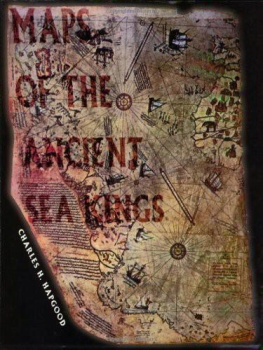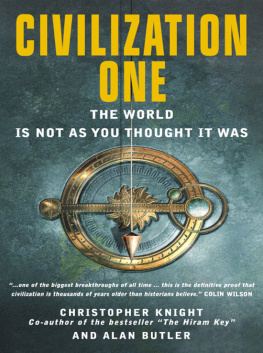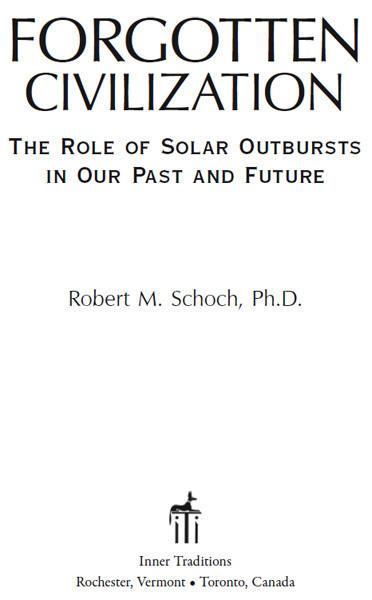Robert M. Schoch Ph.D - Forgotten civilization : the role of solar outbursts in our past and future
Here you can read online Robert M. Schoch Ph.D - Forgotten civilization : the role of solar outbursts in our past and future full text of the book (entire story) in english for free. Download pdf and epub, get meaning, cover and reviews about this ebook. City: Rochester, Vt, year: 2012, publisher: Inner Traditions, genre: Religion. Description of the work, (preface) as well as reviews are available. Best literature library LitArk.com created for fans of good reading and offers a wide selection of genres:
Romance novel
Science fiction
Adventure
Detective
Science
History
Home and family
Prose
Art
Politics
Computer
Non-fiction
Religion
Business
Children
Humor
Choose a favorite category and find really read worthwhile books. Enjoy immersion in the world of imagination, feel the emotions of the characters or learn something new for yourself, make an fascinating discovery.

- Book:Forgotten civilization : the role of solar outbursts in our past and future
- Author:
- Publisher:Inner Traditions
- Genre:
- Year:2012
- City:Rochester, Vt
- Rating:3 / 5
- Favourites:Add to favourites
- Your mark:
Forgotten civilization : the role of solar outbursts in our past and future: summary, description and annotation
We offer to read an annotation, description, summary or preface (depends on what the author of the book "Forgotten civilization : the role of solar outbursts in our past and future" wrote himself). If you haven't found the necessary information about the book — write in the comments, we will try to find it.
Demonstrates, based on the 12,000-year-old megalithic complex of Gbekli Tepe, that advanced civilization extends thousands of years further back than generally acknowledged
Examines the catastrophic solar outbursts that ended the last ice age, wiping out antediluvian civilization and incinerating much of the evidence of that period
Reveals data that show solar outbursts powerful enough to devastate modern society could return in the future
Building upon his revolutionary theory that the Sphinx dates back much further than 2500 BCE, geologist Robert Schoch reveals scientific evidence of advanced civilization predating ancient Egypt, Sumeria, and Greece, as well as the catastrophe that destroyed it nearly 12,000 years ago and what its legacy can teach us about our own future.
Combining evidence from multiple scientific disciplines, Schoch shows how the last ice age ended abruptly in 9700 BCE due to coronal mass ejections from the Sun. These solar outbursts unleashed electrical/plasma discharges upon Earth and triggered volcanic activity, earthquakes, fires, and massive floods as glaciers melted and lightning strikes released torrential rains from the oceans. He explains how these events eradicated the civilization of the time and set humanity back thousands of years, only to reemerge around 3500 BCE with scattered memories and nascent abilities. He explores within this framework, how many megalithic monuments, underground cities, and ancient legends fall logically into place, as well as the reinterpreted Easter Island rongorongo texts and the intentional burial, 10,000 years ago, of the Gbekli Tepe complex in Turkey. Schoch reveals scientific evidence that shows how history could repeat itself with a coronal mass ejection powerful enough to devastate modern society.
Weaving together a new view of the origins of civilization, the truths behind ancient wisdom, and the dynamics of the planet we live on, Schoch maintains we must heed the megalithic warning of the past and collectively prepare for future events
Robert M. Schoch Ph.D: author's other books
Who wrote Forgotten civilization : the role of solar outbursts in our past and future? Find out the surname, the name of the author of the book and a list of all author's works by series.






